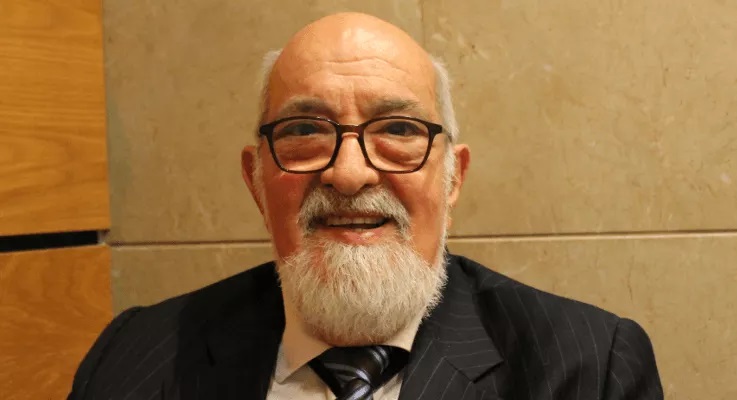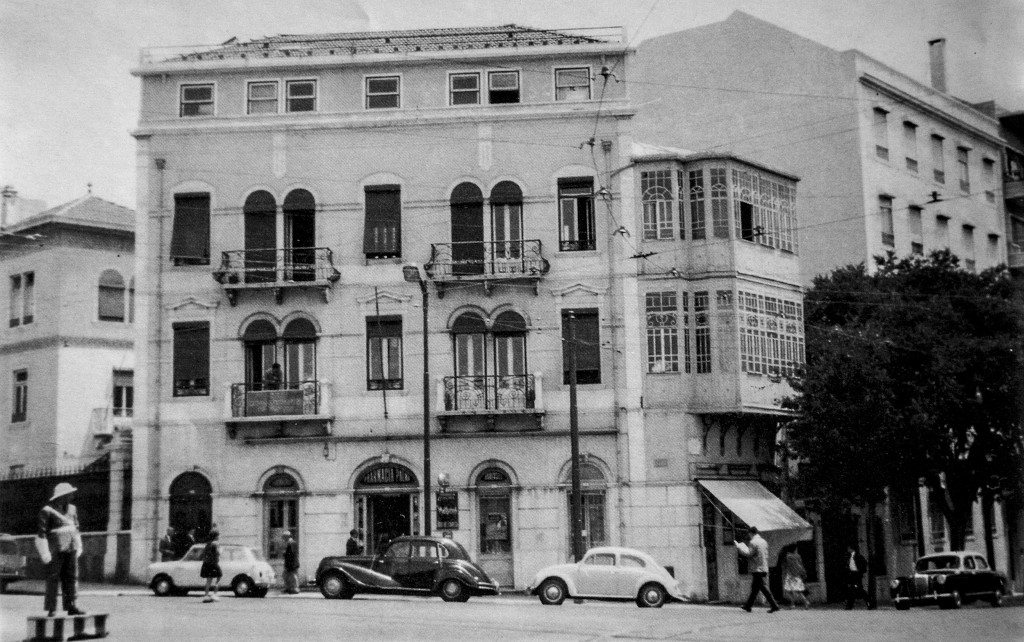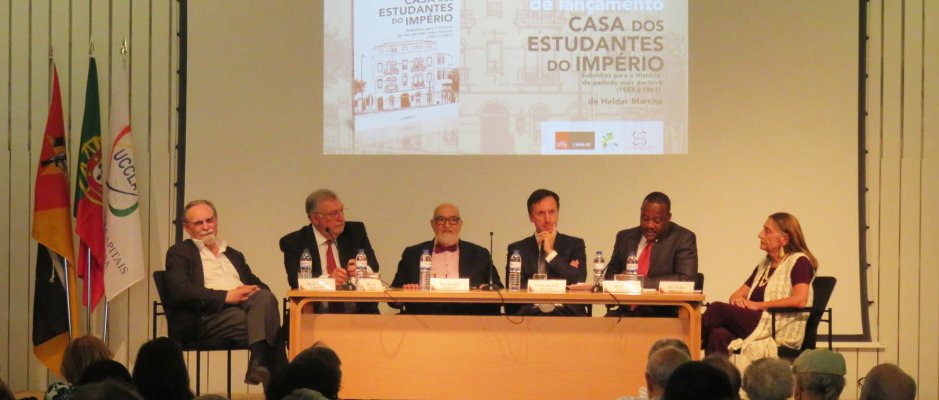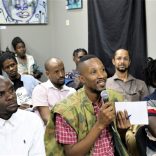Mozambique: AzgoDialogar' forum brings together cultural agents in Maputo
Former Mozambican minister publishes testimony on House of the Students of the Empire

Courtesy photo of Escritores Online / Hélder Martins
The “House of the Students of the Empire” (Casa dos Estudantes do Império, CEI) in Lisbon, which received university students from the former Portuguese colonies, was a “hotbed of African nationalism” and targeted political repression before the 1974 Revolution.
The remark is by the Mozambican doctor Fernando Vaz, who lived at the CEI in Lisbon, and appears in the preface to his book “House of Students of the Empire: Notes for the History of its Most Crucial Period (1953 to 1961)” by Helder Martins, the Mozambican Minister of Health in the first government of the Republic of Mozambique, chaired by Samora Machel.
In the introduction, the author says that in this work he was seeking to “testify” about what he points to as the “most important and decisive” period of the CEI, which also had branches in Coimbra and Oporto.
“To testify”, because as he states, Martins lived “intensely” and had “participated actively” in the CEI.
His comrade Fernado Vaz comments on the fact that the period from 1953 to 1961 was “the most decisive” and the “most critical” of the CEI, and says it is “faithfully and richly portrayed” in this book.
“We worked together for reopening the CEI between 1955 and 1957, which, as you can appreciate in this book, was complicated, with some episodes pleasant and others less so, here very well documented, with great rigour,” Vaz writes.
The preface points out that Hélder Martins “has collected contributions from many contemporary colleagues and thoroughly researched everything that has been written about the CEI, lending great historical rigour to the descriptions and the dates of the main events”.
Fernando Vaz also points out in the preface that “the arrival of many students of the colonies in Portugal” in the 1960s gave the CEI “an enormous political dimension” both regading international pressure for decolonisation and the emergence of the so-called liberation movements (the MPLA, PAIGC and FRELIMO).

Helder Martins points out that he is only writing about the CEI headquarters in Lisbon in his work, as that was where that he lived, and that only until October 21, 1961. “However,” he adds, “I cannot ignore or omit to mention some background,” as well as the situation he found when joining the CEI in 1953.
From a methodological point of view, the author warns that he is not a historian, and that this book “is, above all, testimony in the first person based on the memories he has of the events he participated in, recognising that, more than 50 years on, he had used the classic and usual techniques that the historians use to activate this memory”, and resorted to “all the documents I could find”. “I also checked my memories with those of the others who participated with me in this decisive period at the CEI,” having performed “intense bibliographical research”.

In addition to the preface and foreword, the author’s work is divided into six parts: “Background and creation of the CEI and the first administrative commission”, “The struggle for the restoration of democratic legality in the CEI”, ” Democratic management of the house until the second administrative commission”, The House as a centre for mutual knowledge among students”, “The House as a school of African nationalism and anti-colonial conscience” and “Influence of the House in the national liberation struggle of the various ex-colonies”.
The book includes some photographs, including as one of the Angolan doctor Agostinho Neto, who was the first president of the People’s Republic of Angola, visiting the Aljube prison in Lisbon, and an extensive bibliography.













Leave a Reply
Be the First to Comment!
You must be logged in to post a comment.
You must be logged in to post a comment.